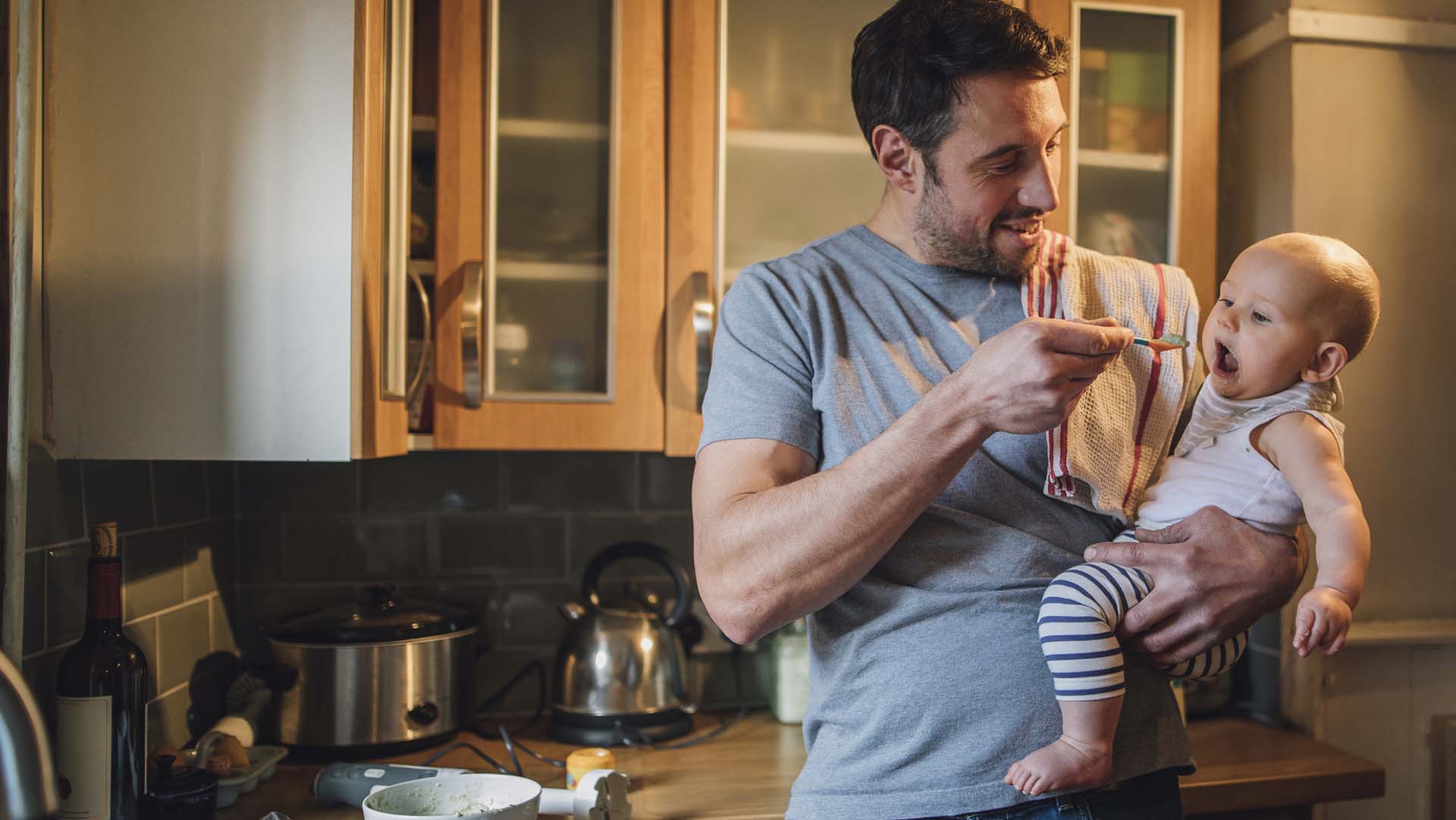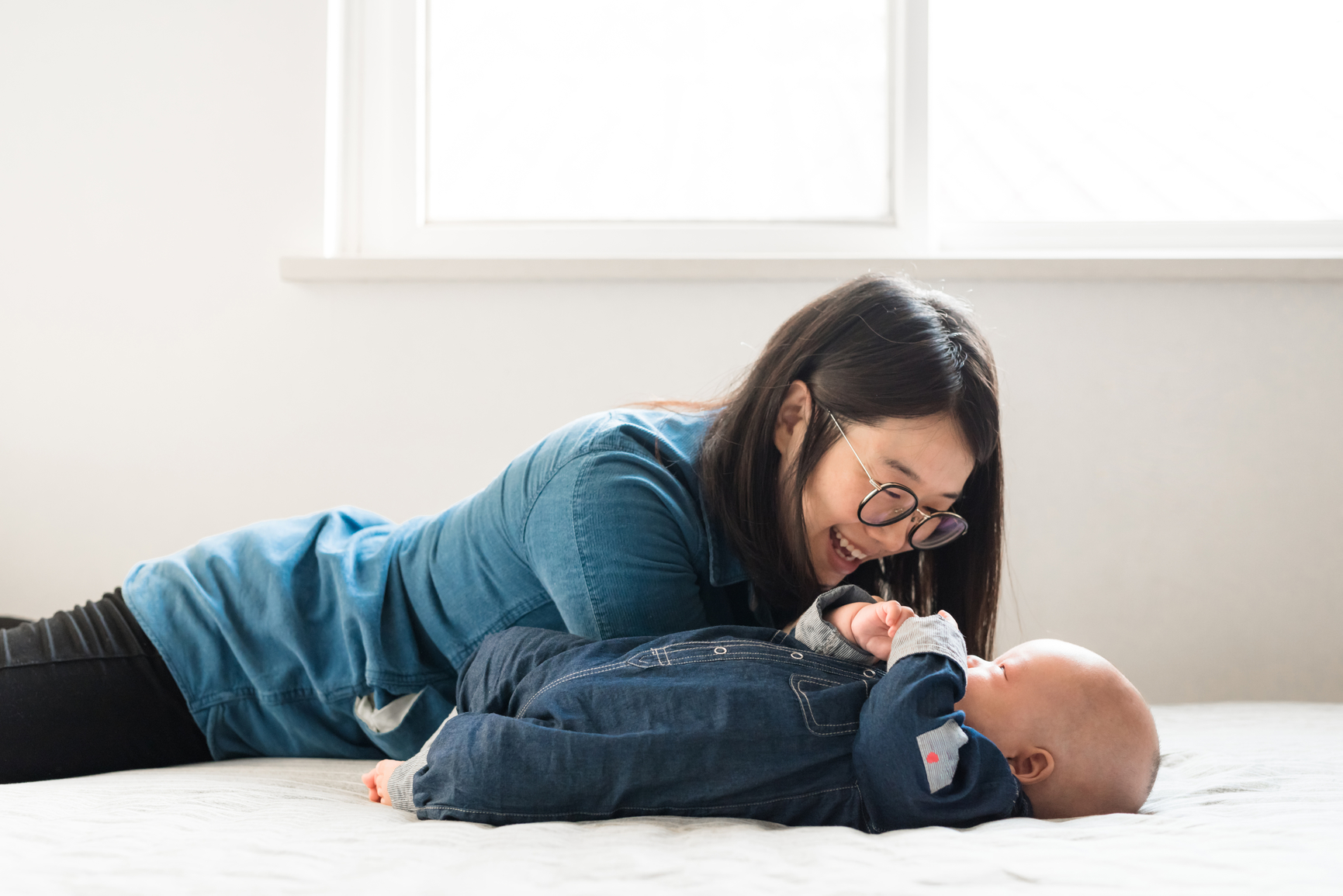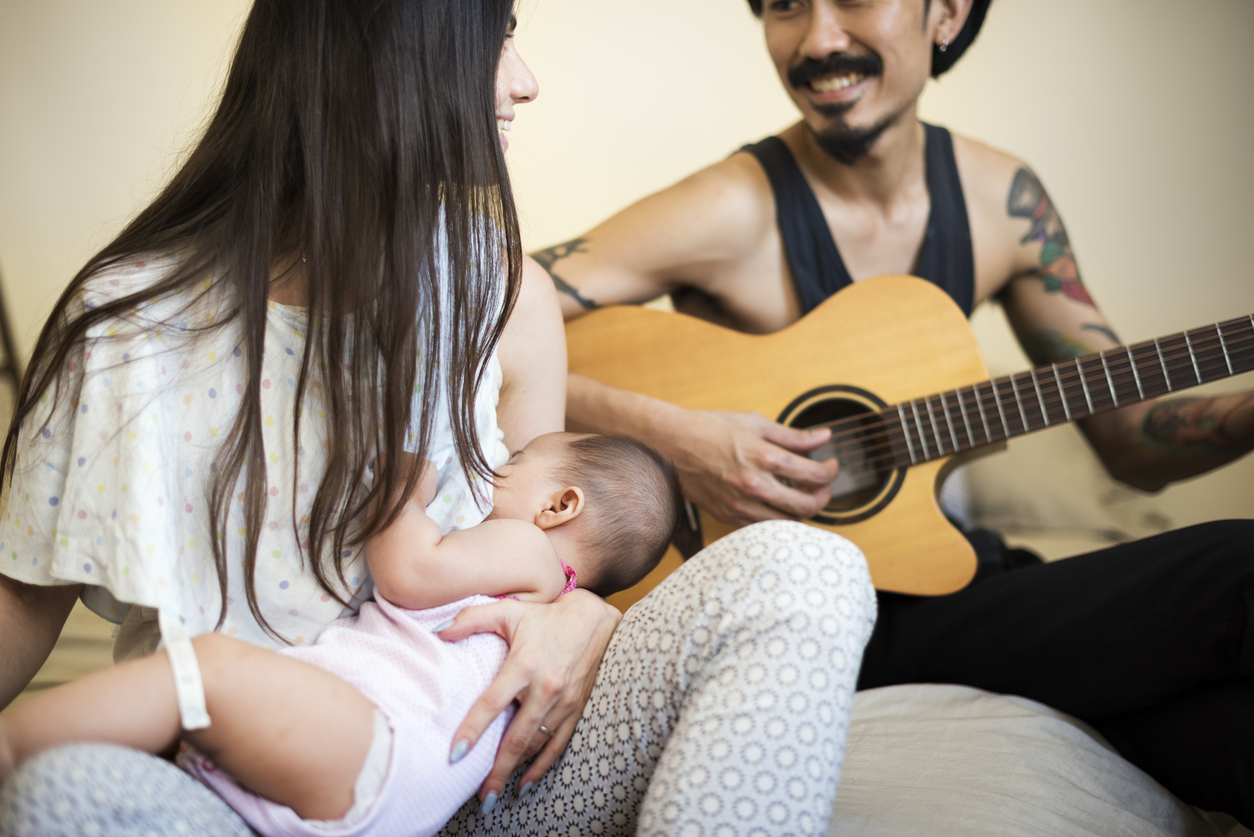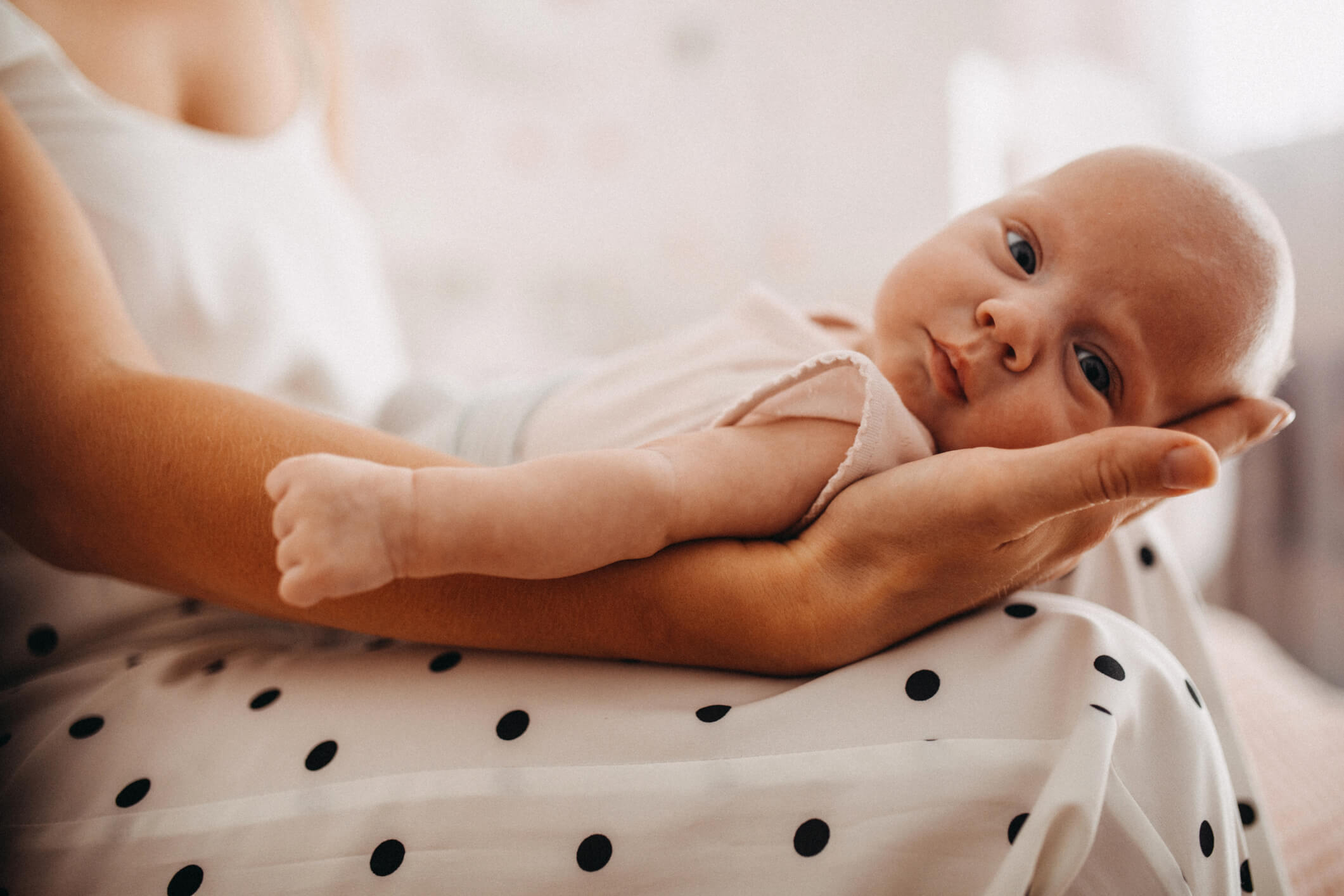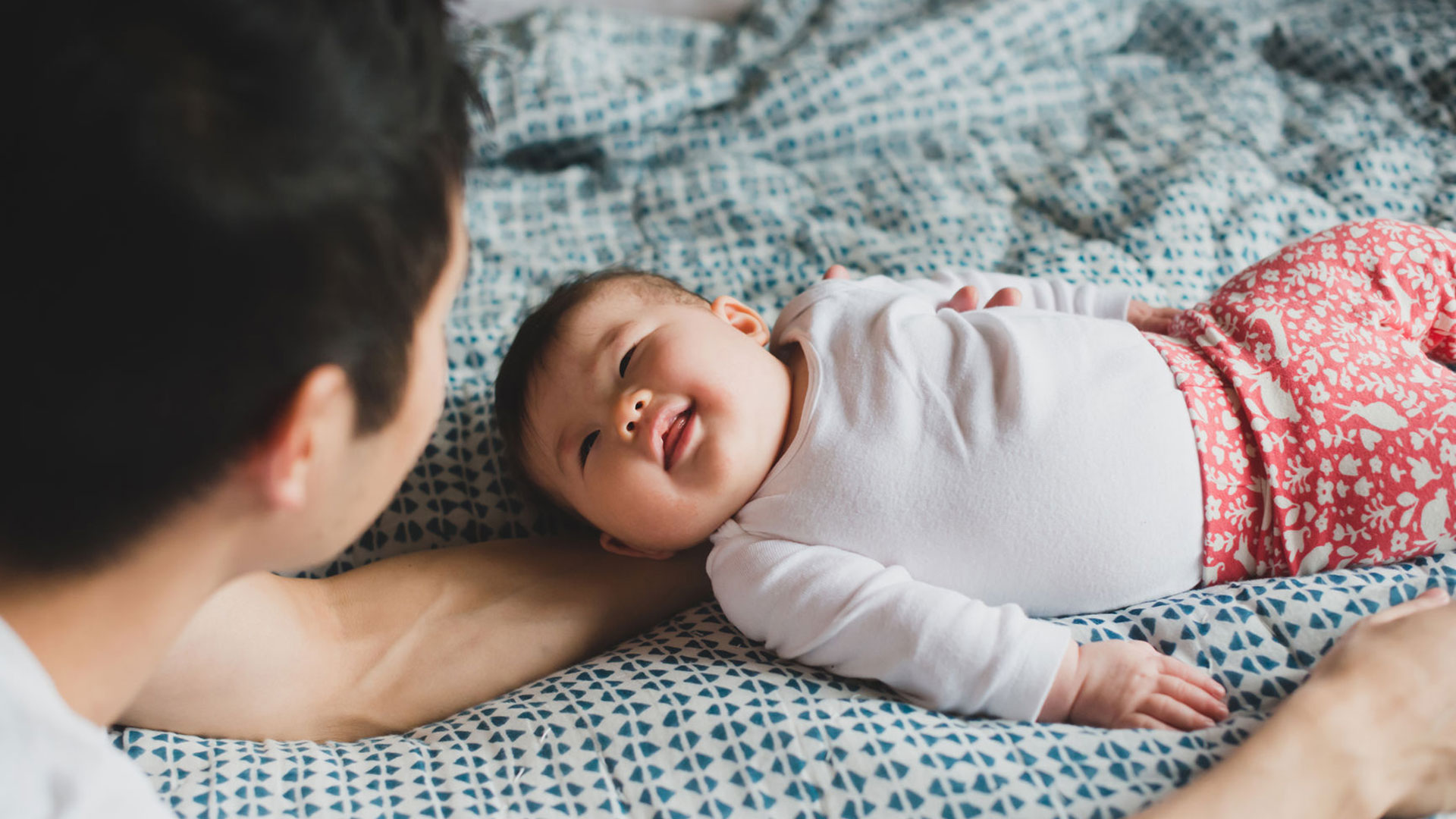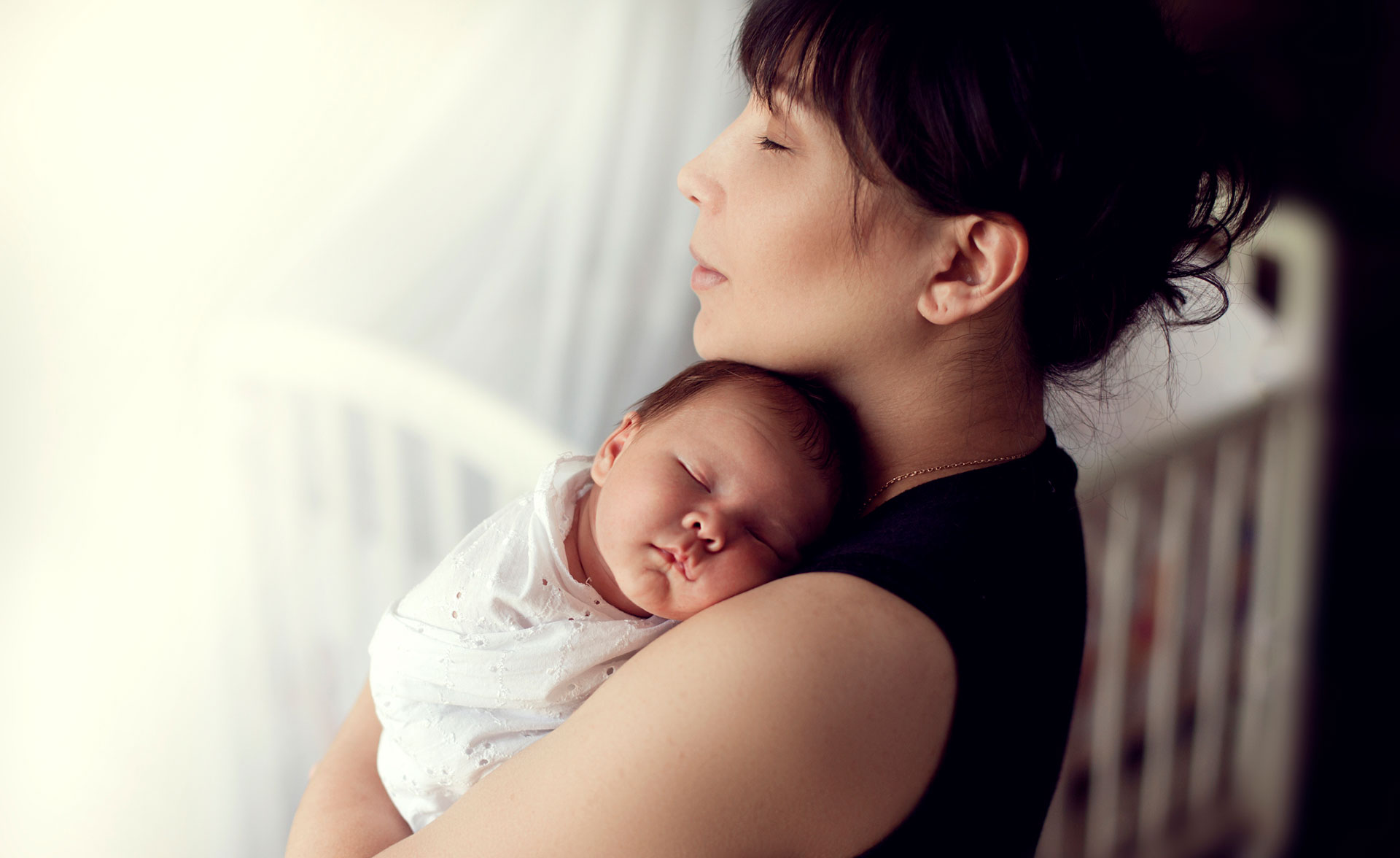-
One of the most amazing things you’ll notice about your newborn is their super soft, perfect skin. Parents often worry when they start to see blemishes and spots appear on their baby’s lovely complexion, but it’s common for babies to develop various skin conditions.
One of the most common skin conditions is eczema, which affects up to one in five children under the age of two. It usually starts within the first six months of a baby’s life, and might manifest itself with red, dry or itchy skin. This means your baby might get patches of red, itchy skin on different parts of their body – often it’s their scalp and cheeks, but it can also be on necks, bodies, hands and feet. As they get older, it’s more likely to be seen on their elbow creases, wrists, ankles and behind their knees.
Eczema does have genetic links, so it’s more likely to happen if it runs in the family, and it’s also linked with other allergic conditions, like asthma and hayfever. For many babies, they will outgrow the condition, but others may go on to get outbreaks throughout their lives. The good news is, there is plenty that can be done to manage symptoms and avoid flare-ups.
If you have any concerns about your skin you should always consult your GP, as effective treatment firstly requires a diagnosis.
How do you manage eczema?
Controlling eczema is not a one-stop shop. Your child may need some or many of the following treatments on a regular basis.
- Avoid harsh soaps and cleansers. Children rarely need soap – water is enough to get them clean. If you have to, use liquid cleansers that are soap free and fragrance free.
- Keep baths short, and use warm or tepid water. Hot water makes the skin dry out more. You could also try adding a fragrance-free moisturising oil to the water. And don’t feel the need to bath your child every day – if they don’t need one, just give them a top n’ tail with a cloth.
- If your child is scratching the rash, make sure you cut their nails short and keep them clean to avoid infecting the skin. You could also try some cotton mittens on their hands at night.
- Pat your child’s skin dry after a bath, rather than rubbing.
- Wool, nylon and synthetics can be irritating to eczema skin. Cotton is best.
- Your child can still go swimming in chlorinated water, but try applying moisturiser all over their body before they get in. After swimming, wash the skin in a cool shower or bath, and apply more moisturiser.
Remember, if problems persist see your GP. Your GP is able to best assess your child’s eczema, ensure there are no complicating issues such as infection or allergy and consider all forms of treatment.
Head here to read more articles about your baby’s health in the early years.
Eczema in babies
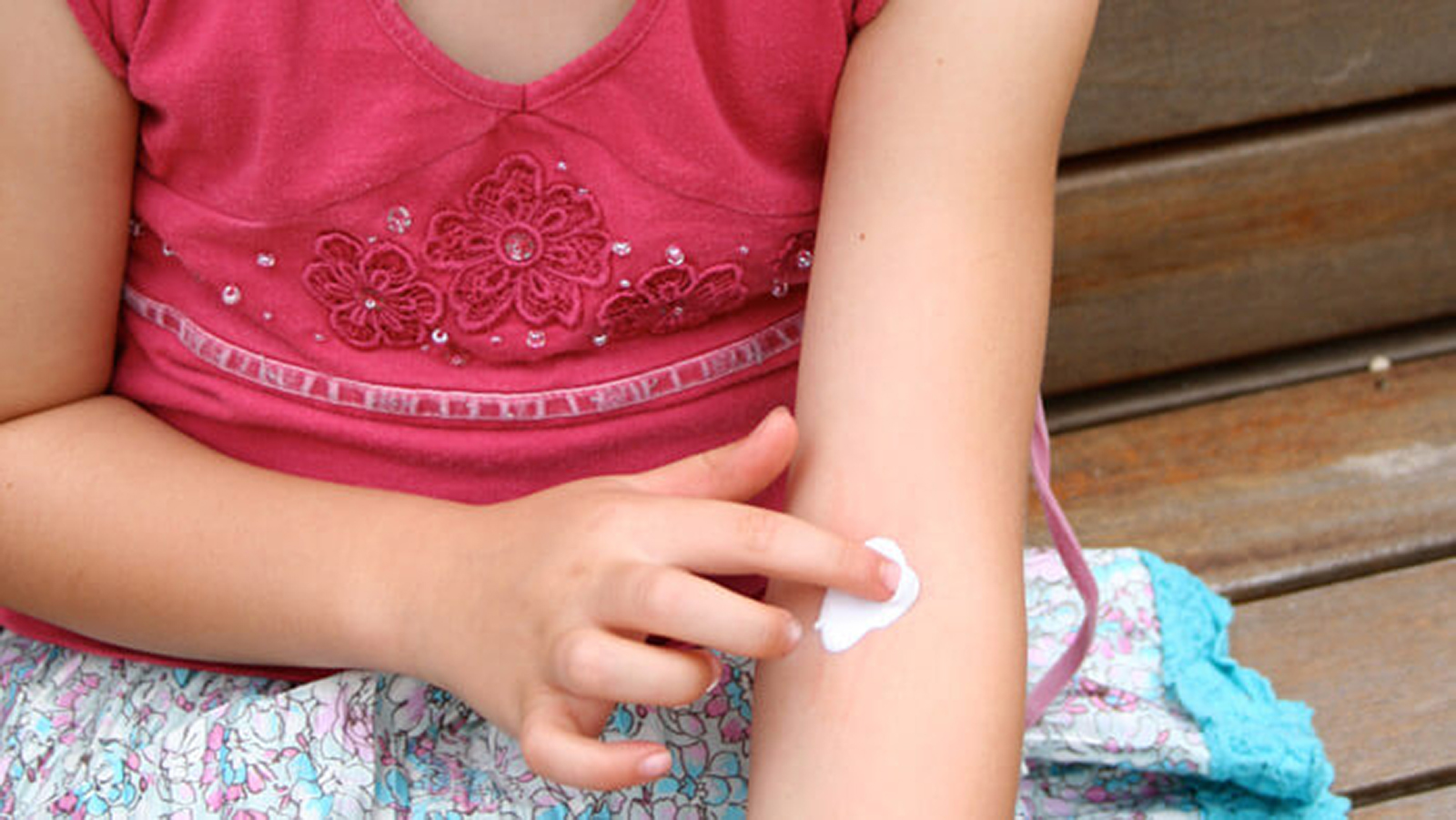
-
How to introduce allergy foods
A guide to weaning and allergies
-
Immunisation 101: everything you need to know
Make sure your baby is fully immunised
-
The partner’s guide to breastfeeding
How you can help with breastfeeding
-
Bringing home a new baby during a pandemic
Bringing home a new baby is an exciting yet challenging time.
-
Your new baby admin checklist
A simple guide to ticking off all the paperwork for your new baby.
-
Getting in a routine with your new baby
Paediatrician Professor Harriet Hiscock shares some advice for adjusting to life with your little one, from feeding to sleeping to checking in with yourself.
Subscribe to receive the best from Live Better every week. Healthy recipes, exercise tips and activities, offers and promotions – everything to help you eat, move and feel better.
By clicking sign up I understand and agree to Medibank's privacy policy
